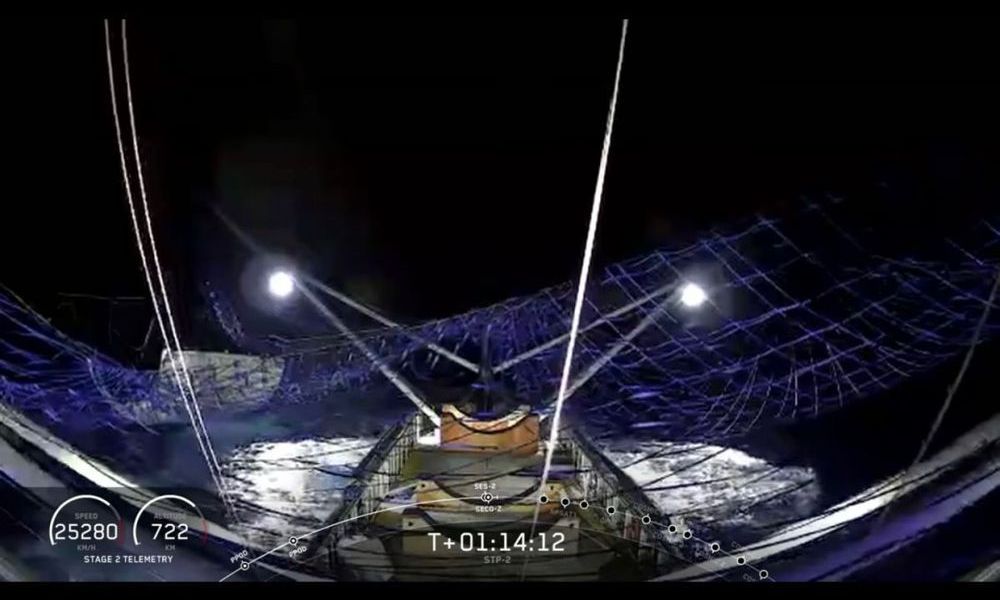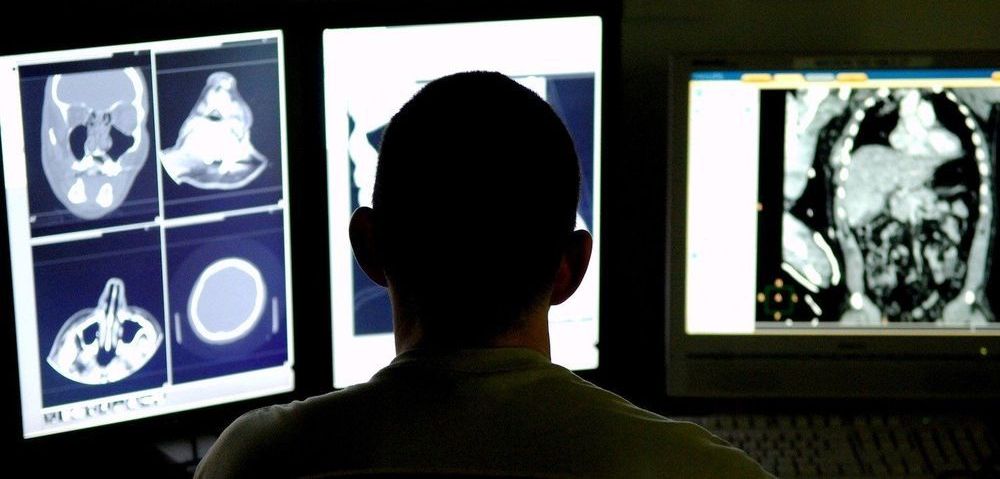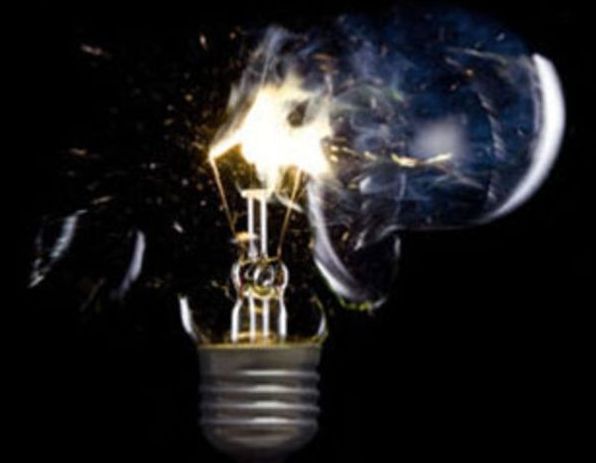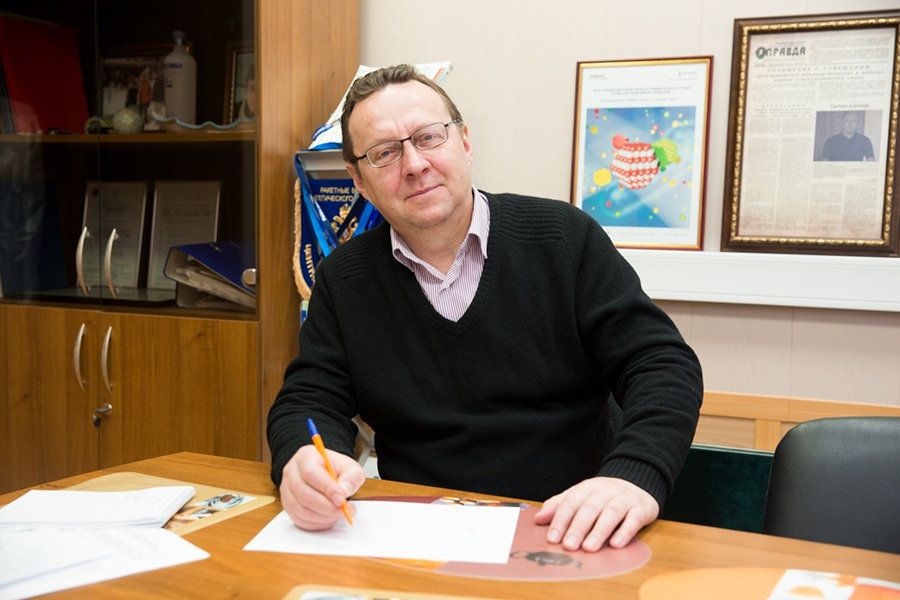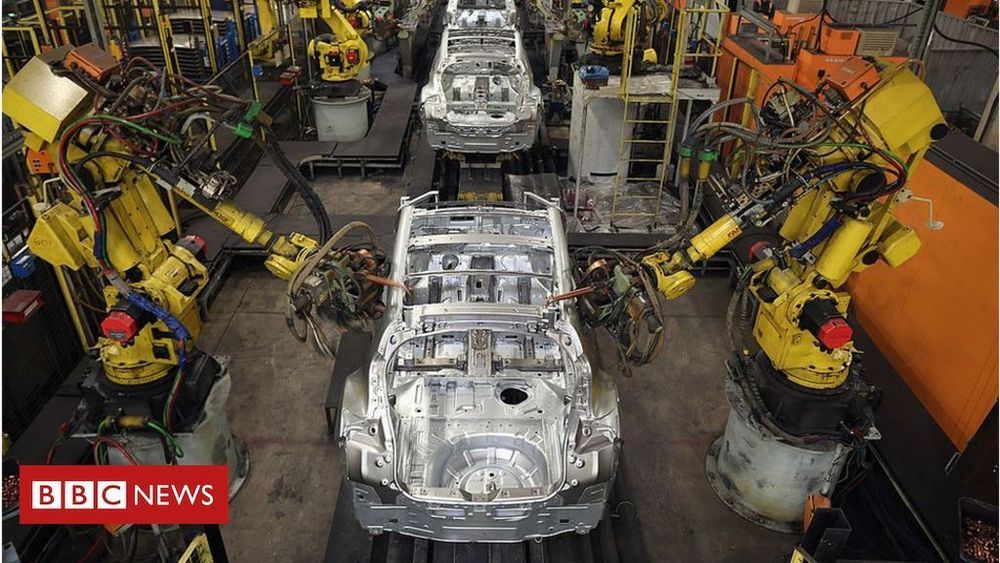Jun 26, 2019
Syringe-Injectable Electronics with a Plug-and-Play Input/Output Interface
Posted by Richard Christophr Saragoza in categories: biotech/medical, cyborgs, neuroscience
Nano Lett. 2017 Sep 13;17:5836–5842. doi: 10.1021/acs.nanolett.7b03081. Epub 2017 Aug 14.
Syringe-injectable mesh electronics represent a new paradigm for brain science and neural prosthetics by virtue of the stable seamless integration of the electronics with neural tissues, a consequence of the macroporous mesh electronics structure with all size features similar to or less than individual neurons and tissue-like flexibility. These same properties, however, make input/output (I/O) connection to measurement electronics challenging, and work to-date has required methods that could be difficult to implement by the life sciences community. Here we present a new syringe-injectable mesh electronics design with plug-and-play I/O interfacing that is rapid, scalable, and user-friendly to nonexperts. The basic design tapers the ultraflexible mesh electronics to a narrow stem that routes all of the device/electrode interconnects to I/O pads that are inserted into a standard zero insertion force (ZIF) connector.

